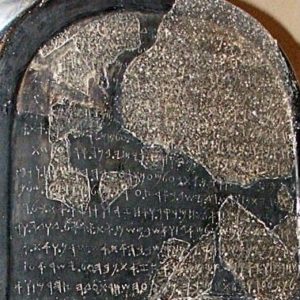While it may appear that the Hebrew Café is silent, there is actually quite a few things going on around here.
Jonathan has been meeting with his students twice a week as they worked through beginning, intermediate, and advanced biblical Hebrew. The advanced course met most recently on Tuesdays and Thursdays as they worked through the first few sections of Jacob Weingreen’s Classical Hebrew Composition (Oxford, England: Oxford UP, 1957) and tackled some concepts related to the historical development of various forms in biblical Hebrew. Each of these classes was recorded and uploaded to YouTube for the students who participated in the class.
Jason recently finished up his course in intermediate biblical Hebrew with a focus on retelling stories in Hebrew, using the texts of the Elijah story as presented in Cook and Holmstedt’s Intermediate Biblical Hebrew (Grand Rapics, Michigan: Baker Academic, 2020). Students would read the stories and come up with ways to retell them in their own way, and they would do so for their fellow learners. All of this was recorded and uploaded to YouTube for the students who participated in the class.
Jonathan is about to open a new beginners class for biblical Hebrew. Jason is hoping to open a class for Hebrew reading. Stay tuned for updates here about new course openings.
